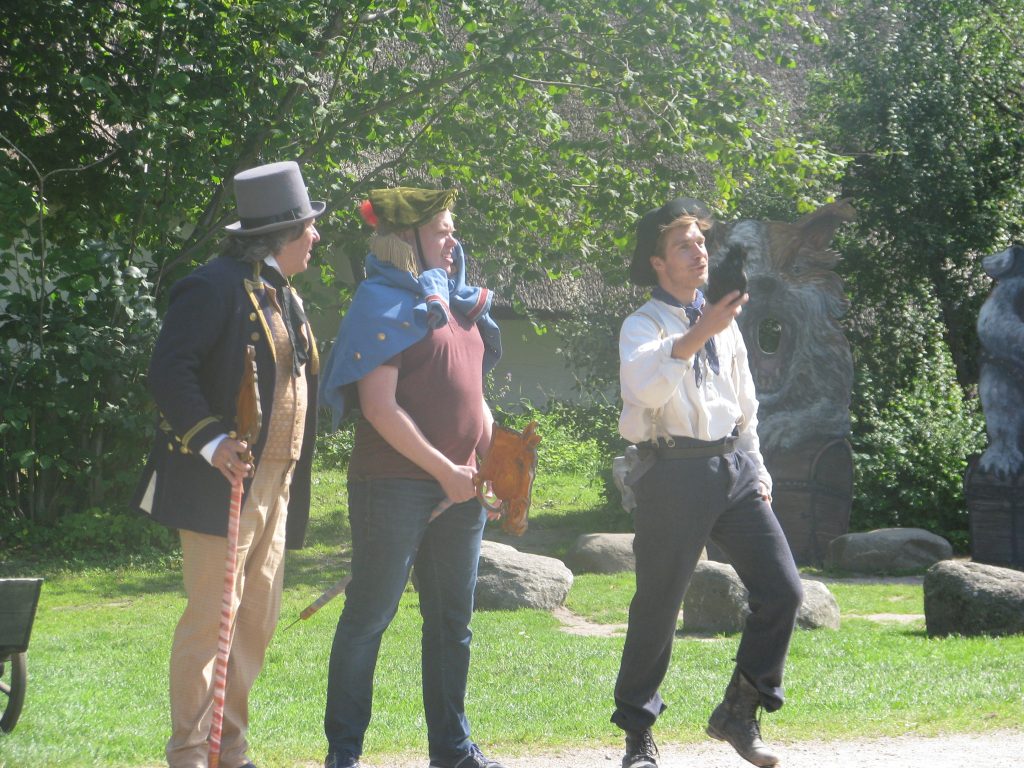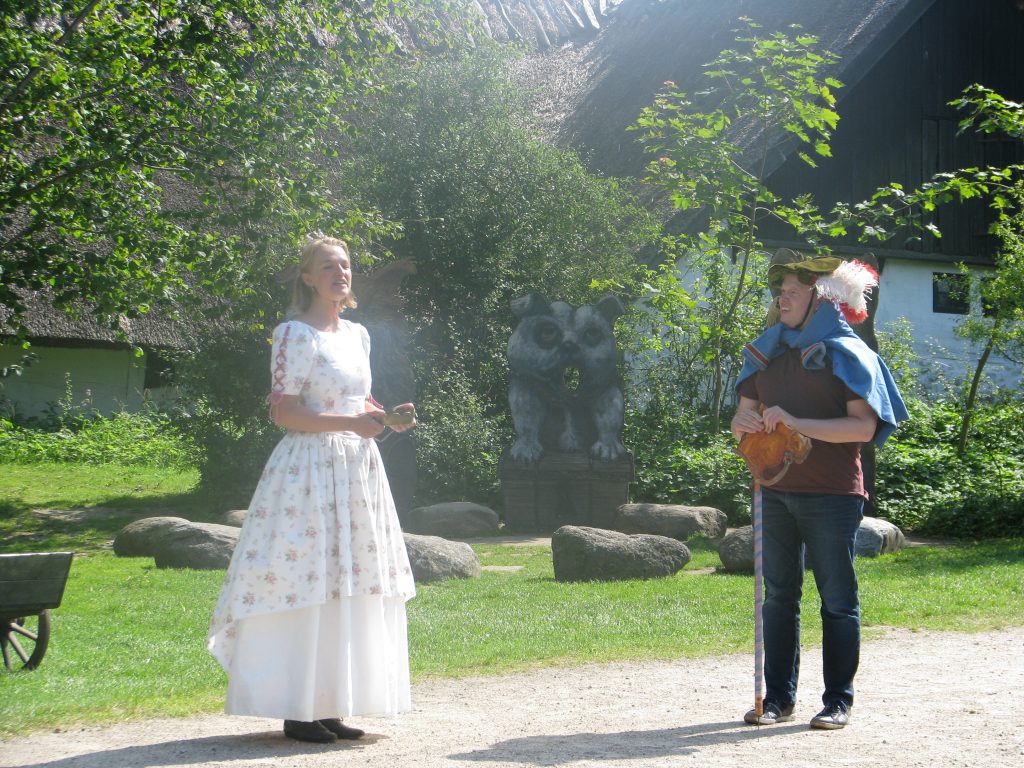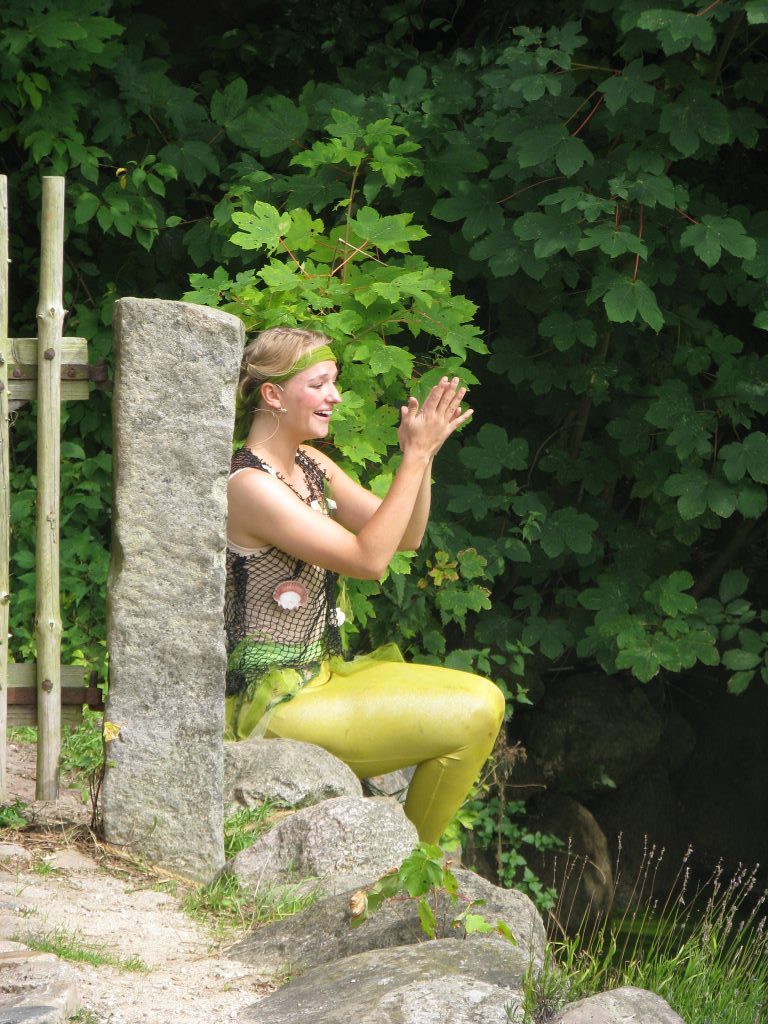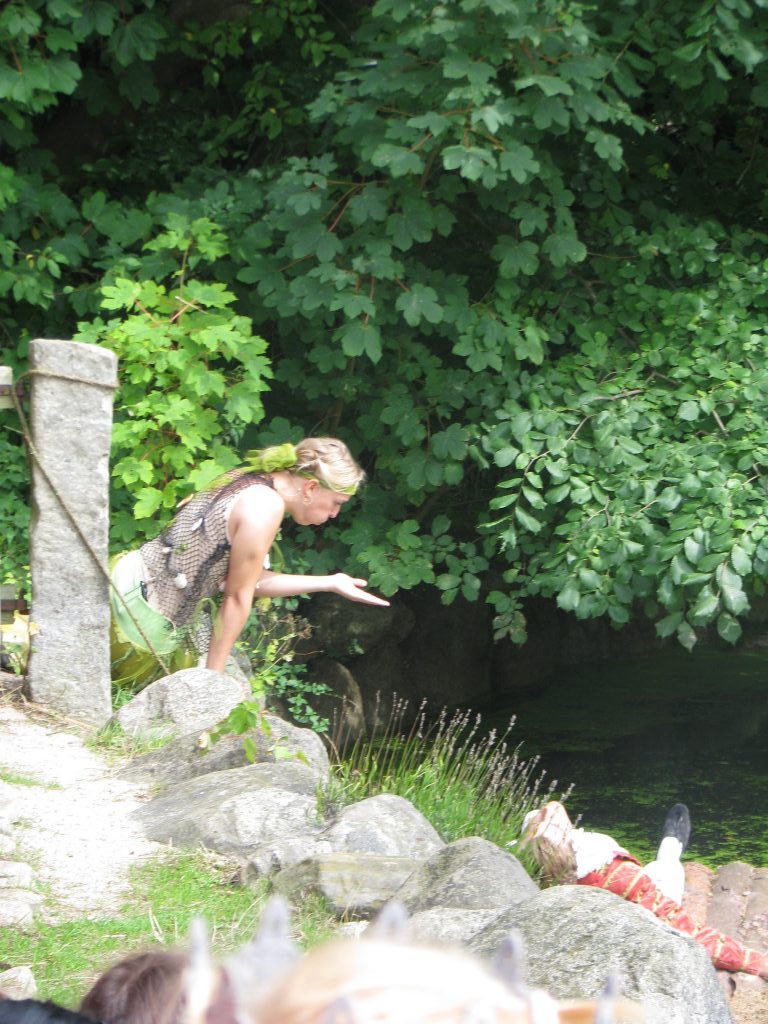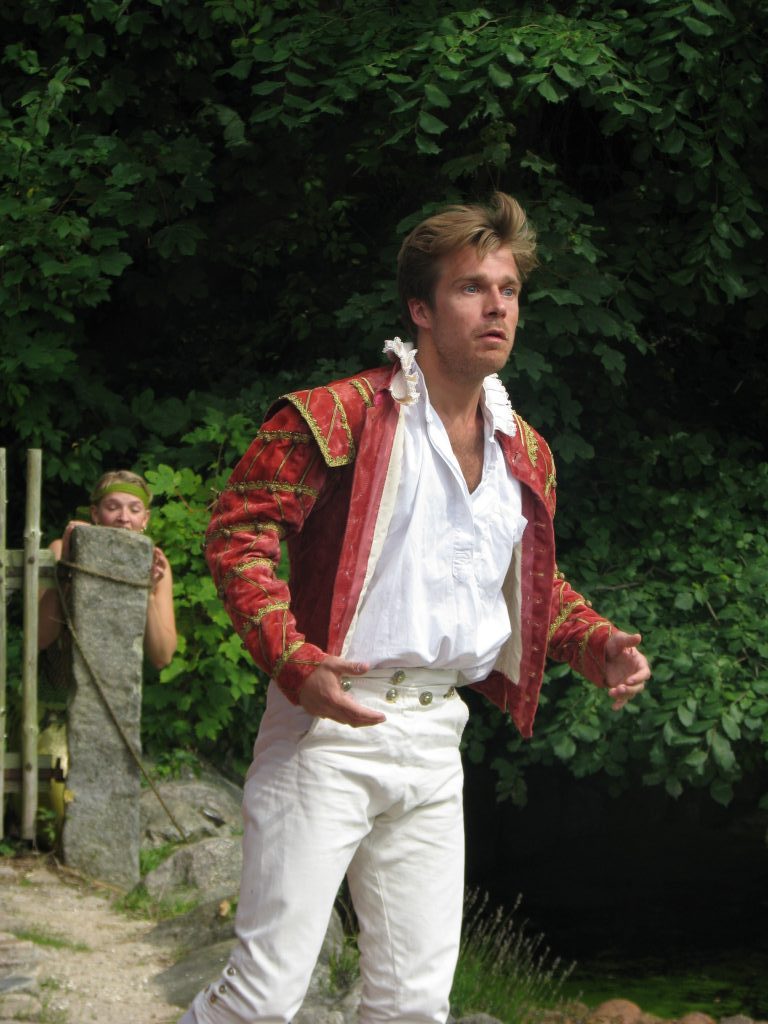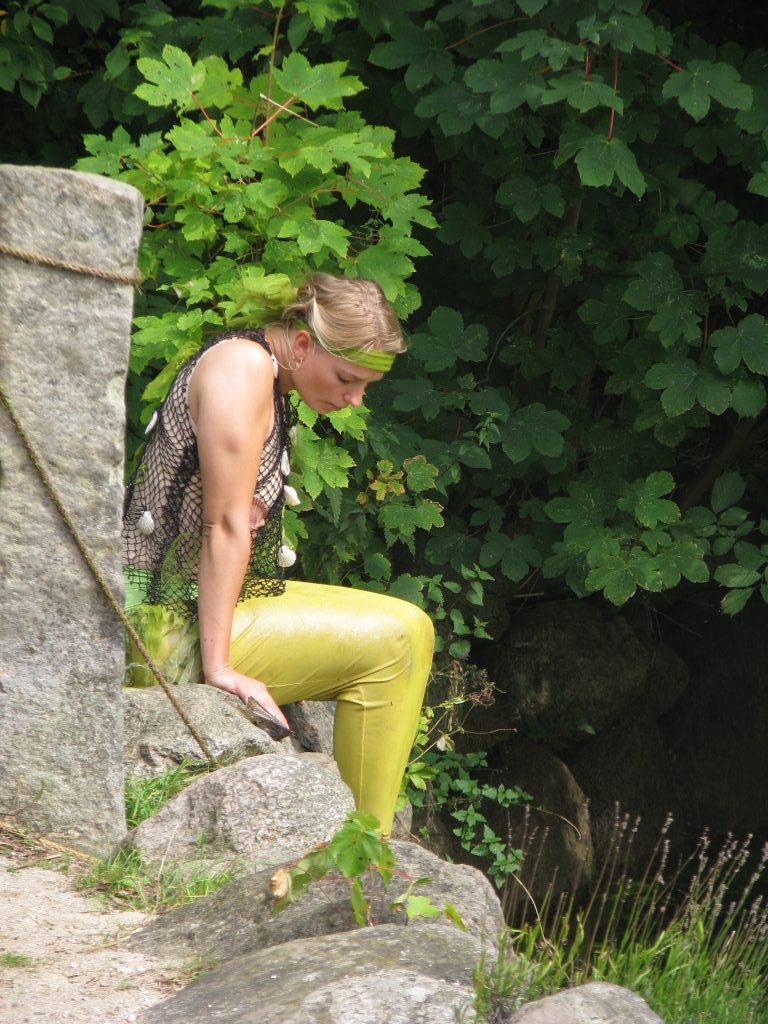Things to do
Away with the fairy-tales with HC Andersen’s characters at the Open Air Museum
This article is more than 8 years old.
Like Disneyland, but exclusively the characters of the great Dane’s works

Hans Christian Andersen would be proud (photo: Frilandsmuseet)
Copenhagen has a wealth of museums and attractions and many of them turn out to be magical places for kids where they not only have fun but also gain memorable, immersive learning experiences.
This summer, the Open Air Museum has been taking children on a journey into Hans Christian Andersen’s life on which they are transported from the ho-hum of touring to the ‘wow’ of experiencing.
Meet HC Andersen’s characters
Every day, there are theatrical performances at the open-air stage where children can meet many characters from the fairy-tales of HC Andersen.
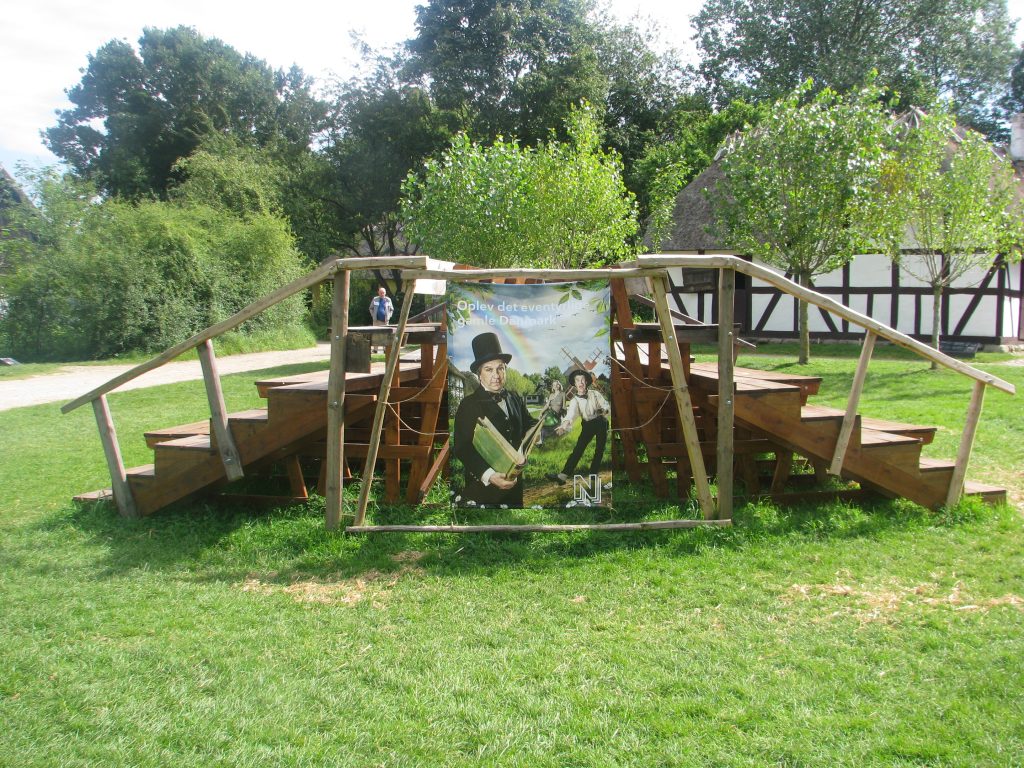 The open-air state near Kirke-Søby (photo: Sarah B Haider)
The open-air state near Kirke-Søby (photo: Sarah B Haider)
 The audience keenly waiting for the play to begin (photo: Sarah B Haider)
The audience keenly waiting for the play to begin (photo: Sarah B Haider)
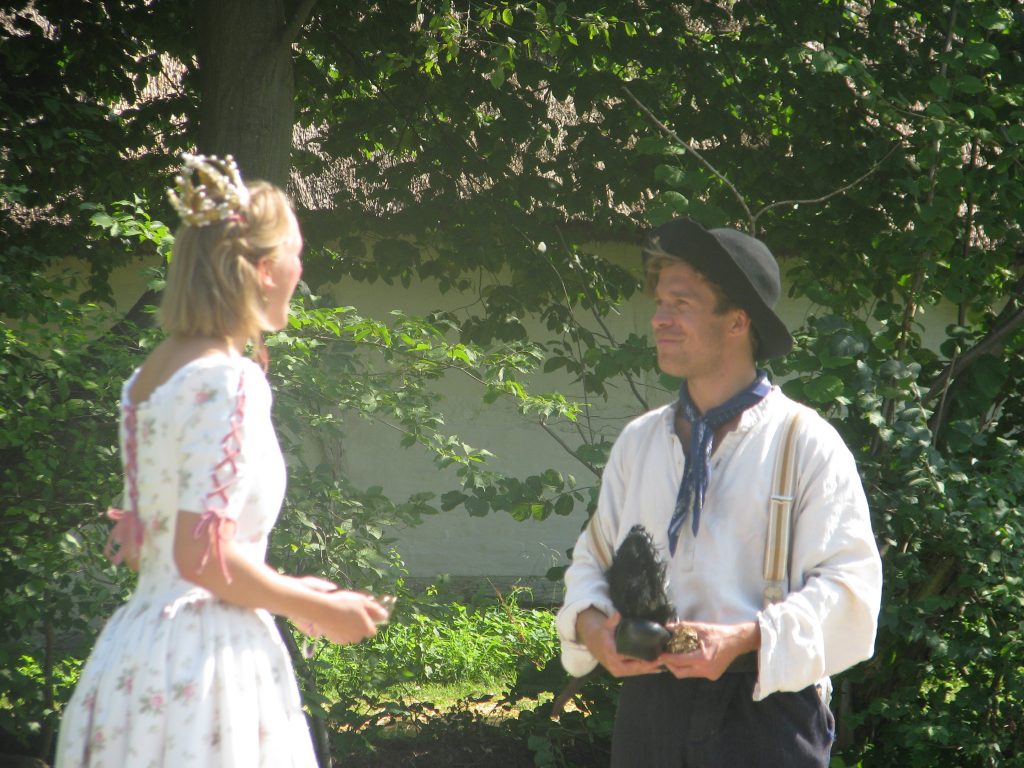 Scenes from Clumsy Hans (photo: Sarah B Haider)
Scenes from Clumsy Hans (photo: Sarah B Haider)
Kids get to meet and talk to The Little Mermaid, the Princess and the Pea and Clumsy Hans.
Scenes from The Little Mermaid (photo: Sarah B Haider)
And the characters move around the museum and mingle with the kids after their performances.
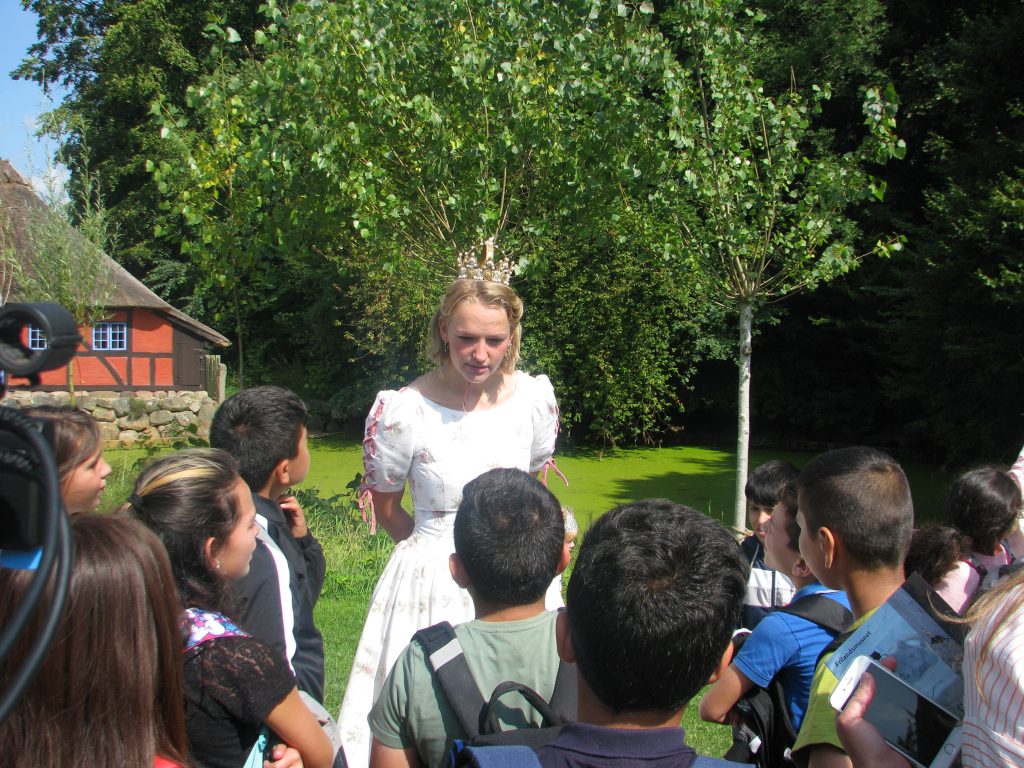 The princess talking to the kids (photo: Sarah B Haider)
The princess talking to the kids (photo: Sarah B Haider)
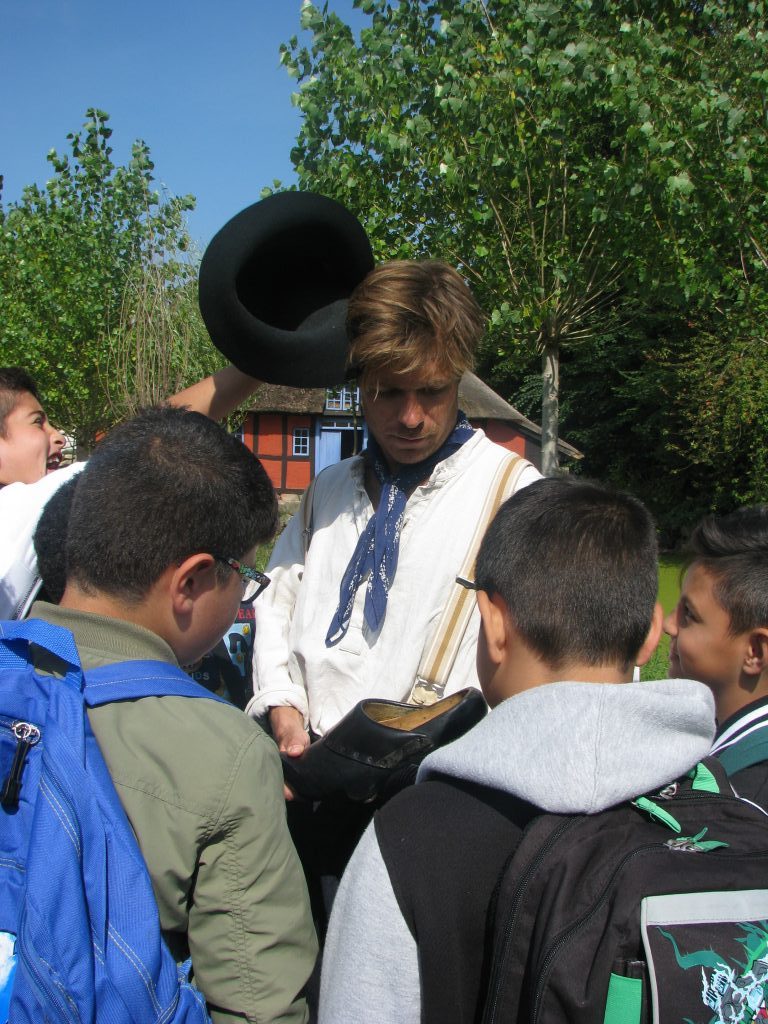 Clumsy Hans chatting with the children (photo: Sarah B Haider)
Clumsy Hans chatting with the children (photo: Sarah B Haider)
The performances are in Danish which might not be appealing for the English-speaking parents, but it’s a perfect summer treat for the kids.
Once upon a time there was a boy
Children can also avail a free go-by trip called ‘Once upon a time there was a boy … seven stops in HC Andersen’s childhood’ where they get to know about the poverty-stricken childhood and upbringing of HC Andersen.
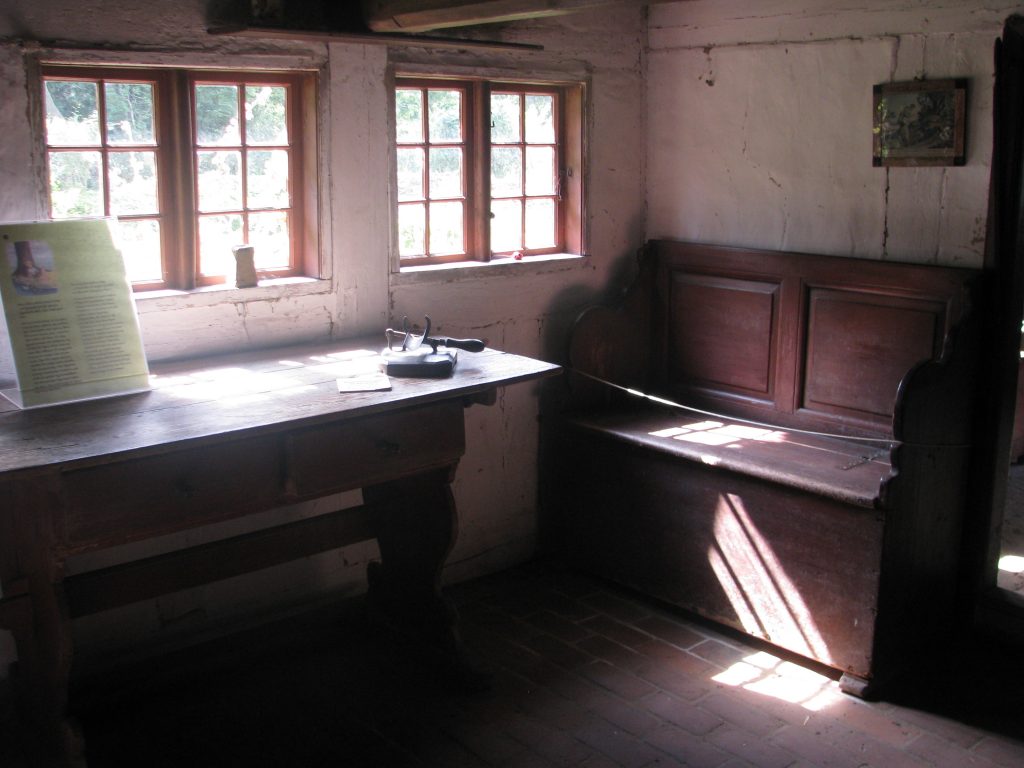 The clog maker house from Kirke-Søby where HC Andersen was born looked something like this (photo: Sarah B Haider)
The clog maker house from Kirke-Søby where HC Andersen was born looked something like this (photo: Sarah B Haider)
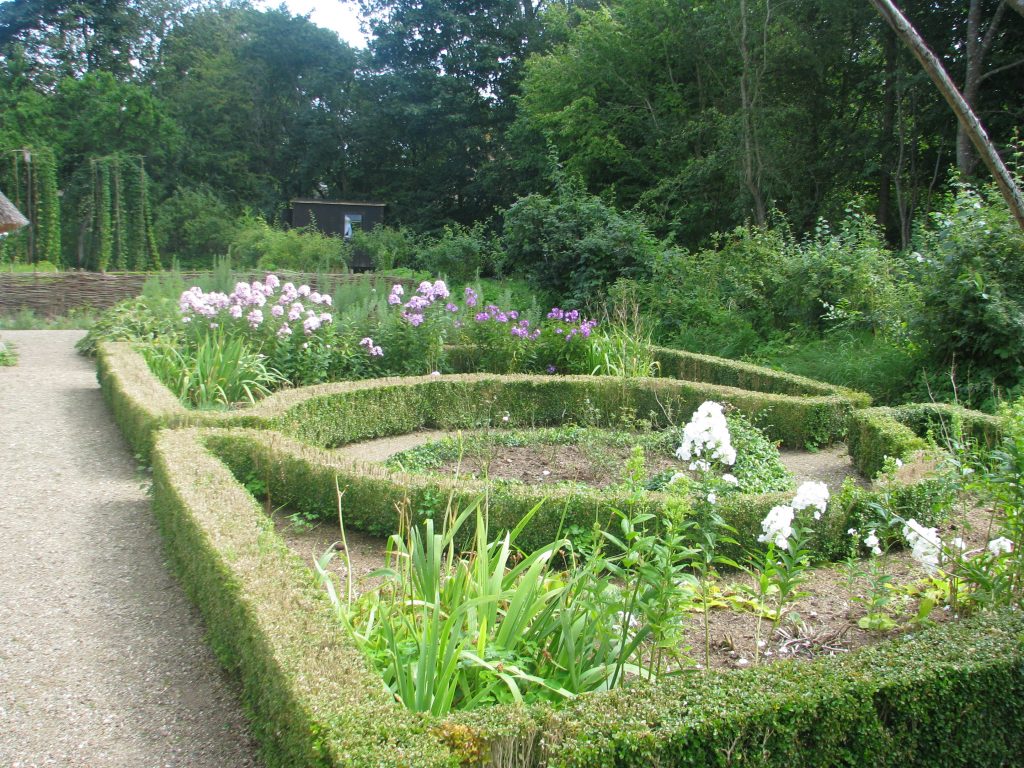 HC Andersen’s mother, although very poor, had a small, well-maintained garden outside their little cottage (photo: Sarah B Haider)
HC Andersen’s mother, although very poor, had a small, well-maintained garden outside their little cottage (photo: Sarah B Haider)
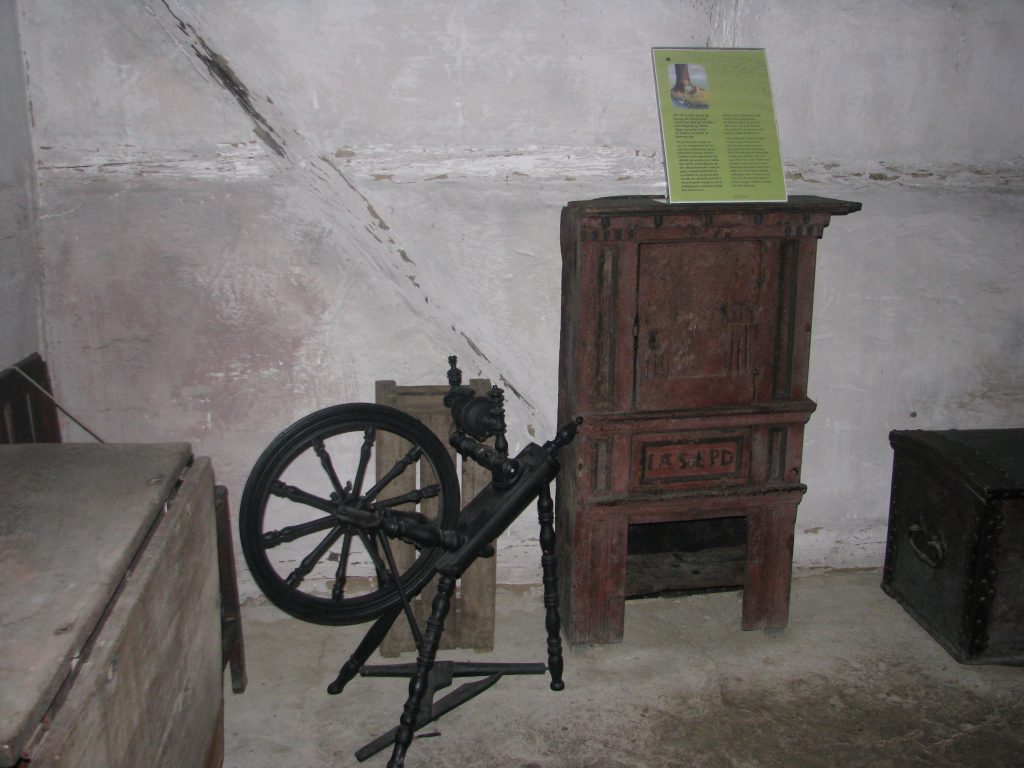 HC Andersen often used to visit his grandmother at the poorhouse in Odense. She had a spinning wheel in her living room, which looked something like this (photo: Sarah B Haider)
HC Andersen often used to visit his grandmother at the poorhouse in Odense. She had a spinning wheel in her living room, which looked something like this (photo: Sarah B Haider)
Owing to the popularity of HC Andersen’s stories, characters and his life among kids, the performances and the exhibition will be on until August 27, so hurry up and don’t miss the chance to become part of HC Andersen’s life and his fairy-tales.
For more information about the event here.

